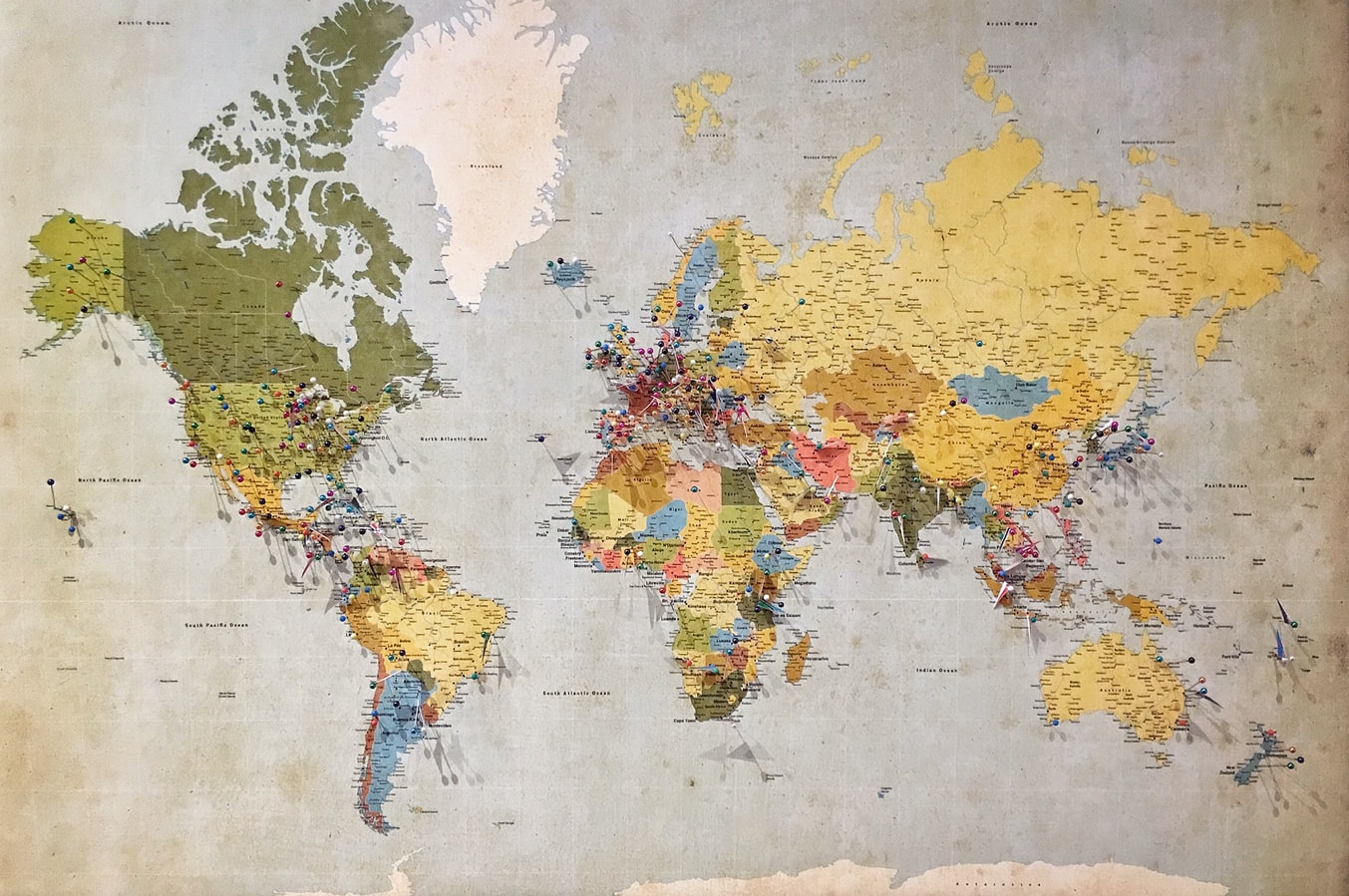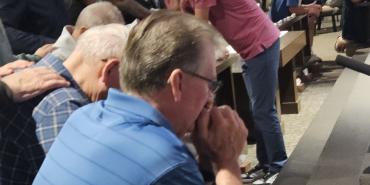The Need for a Connectional Church

The recent trip to Japan by General Superintendent J. K. Warrick was a significant event. The Church of the Nazarene in Japan has a long history, pioneering educational ministry in a nation where the pursuit of excellence is important.
Earthquakes in Haiti and Japan bore resemblances to each other. In both countries, the scale and scope of destruction was almost unimaginable. The tangible evidence lingers in both areas and will forever change both countries. In both nations, the everyday challenges of life were exacerbated by the disaster. The resiliency of both cultures will be tested in the days to come.
The Church of the Nazarene has a very significant presence in both of these countries, with a larger scale in Haiti. Both are island nations, accustomed to trauma and disaster. Beyond this, however, comparisons fall short. Both nations have been ravaged by war, earthquake, and powerful natural disasters. The Church of the Nazarene has been working for many years to develop indigenous leadership in both nations, ensuring strong local church ministries and ancillary ministries to their countries beyond the walls of local churches.
Looking at the situation extant in these two countries from afar has offered some fascinating observations. It has been gratifying to see the response of Nazarenes around the world in their generous giving to mind-boggling needs. Beyond these heart-warming responses has been the revelation of what it means to be a connectional church. While some denominations share a common name in various world areas, the fragile thread of connection frays under the practice of what appears to be more of a franchise-relationship.
In a connectional church, there is an unbroken artery through which flows the very life of the church in both directions.
In a connectional church, the concept of "headquarters" takes a back seat to the familial connection that erases things like boundaries, regions, and even fields. A connectional church has no "firewalls" that erect barriers to separate and isolate. Case in point: during the Haiti earthquake, General Superintendent J. K. Warrick was actually in the nation to conduct assemblies and to facilitate the business of the districts.
Few will forget his eye-witness reports and the grief that overflowed as he gave video updates. Additionally, as soon as it was feasible, General Superintendent Warrick landed in Japan to meet with Japanese leaders to assess the damage and to join with them and the Asia-Pacific leadership in strategizing appropriate next-steps.
A connectional church honors these true statements:
- Together, we can accomplish far more than we can independently.
- It is amazing what can be accomplished if we don't care who gets the credit.
The 21st century is testing the mettle and resolve of our commitment to connectionalism. Tribalism, radical fundamentalism, and a hundred other "ism's" challenge us with calls to fortress-building, independence, and isolation. Our founders knew nothing of such philosophies, embracing the whole world with the Good News. Truly, we are a connectional church.
David J. Felter is editor in chief of Holiness Today.
Holiness Today, July/August 2011
Please note: This article was originally published in 2011. All facts, figures, and titles were accurate to the best of our knowledge at that time but may have since changed.




